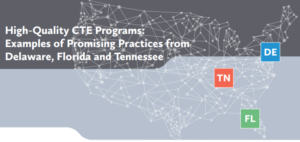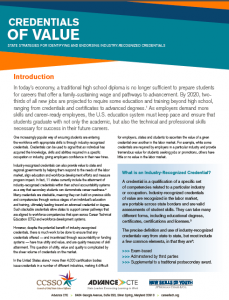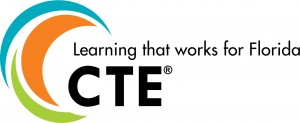We have compiled a list of highlights in Career Technical Education (CTE) from this week to share with you.
DAY OF ACTION OF THE WEEK
Many took to social media to advocate for the next COVID-19 (coronavirus) relief package to include funding for the E-rate program. You can take action, today, by emailing your members of Congress addressing the need for the inclusion of the Emergency Educational Connections Act (S. 3690/H.R. 6563).
COVID has blown wide-open one of the nation’s worst kept secrets: the inequity with which students are not able to access the internet at home. Congress should invest at least $4 billion in E-Rate to close the #HomeworkGap before the fall. pic.twitter.com/01MfGXX1Mo
— Ed Markey (@SenMarkey) July 21, 2020
APPRENTICESHIP PROGRAM OF THE WEEK
Earlier this year, one Florida college was awarded the opportunity to expand their current apprenticeship program into new territories. College of the Florida Keys (CFK) will now offer Construction Technologies, Plumbing and Carpentry, Electrical and HVAC and Electrical and Carpentry as new apprenticeship programs at varying locations beginning this fall. Learn more about the opportunity awarded to CFK and the benefits of apprenticeship by reading this article published by Keys Weekly.
A new registered apprenticeship program from The College of the Florida Keys and @EducationFL >> https://t.co/6VuafEFbL9.
Earn credentials and grow your wages with skills in construction technology.
— CareerSource Florida (@CareerSourceFL) July 15, 2020
CHALLENGE OF THE WEEK
The U.S. Department of Education invites high schools and local educational agencies to propose technology education programs that use competency-based distance learning. Finalists will be chosen to develop, implement and evaluate their programs. A panelist of judges will convene to select an overall competition winner and award an additional $100,000. Submit your program proposal today! The Rural Tech Project is open to any publicly funded school or local educational agency that delivers education to a rural community and to students in grades 9-12.
STATE COMPARISON TOOL OF THE WEEK
The Education Commission of the States released a new 50-state comparison tool for states to leverage when considering how state policies approach funding for postsecondary institutions. Alongside the comparison tool are individual state pages where you can find a detailed view of one state’s policy. Click here to view the comparison tool and individual state pages.
RESOURCE OF THE WEEK
One of the core components of a high-quality CTE program is that it culminates in a credential of value. But with more than 4,000 credentialing organizations in the United States today, states are grappling with the challenge of narrowing down the field. Credentials of Value: State Strategies for Identifying and Endorsing Industry-Recognized Credentials highlights promising practices from Florida, Kansas and Louisiana, which have each made considerable progress developing a system for students and employers to navigate the tangled universe of credentials. View the policy brief in our Learning that Works Resource Center.
Brittany Cannady, Digital Media Associate


 Industry-recognized credentials are an essential component of any high-quality Career Technical Education (CTE) program. They indicate the entry-level competencies learners need in a given career field and signal to employers that an individual is prepared for work. But in the midst of a global pandemic, with nearly every state issuing, to varying degrees, stay at home orders that have resulted in school closures and limited access to testing facilities, how can learners continue to earn industry-recognized credentials?
Industry-recognized credentials are an essential component of any high-quality Career Technical Education (CTE) program. They indicate the entry-level competencies learners need in a given career field and signal to employers that an individual is prepared for work. But in the midst of a global pandemic, with nearly every state issuing, to varying degrees, stay at home orders that have resulted in school closures and limited access to testing facilities, how can learners continue to earn industry-recognized credentials? 

